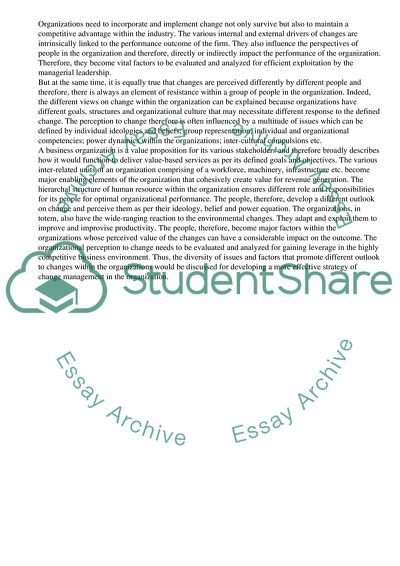Cite this document
(The Organization Needs to Change to Maintain Competitive Advantage0 Essay - 1, n.d.)
The Organization Needs to Change to Maintain Competitive Advantage0 Essay - 1. Retrieved from https://studentshare.org/management/1748101-why-are-there-different-perspectives-on-change-within-organizations
The Organization Needs to Change to Maintain Competitive Advantage0 Essay - 1. Retrieved from https://studentshare.org/management/1748101-why-are-there-different-perspectives-on-change-within-organizations
(The Organization Needs to Change to Maintain Competitive Advantage0 Essay - 1)
The Organization Needs to Change to Maintain Competitive Advantage0 Essay - 1. https://studentshare.org/management/1748101-why-are-there-different-perspectives-on-change-within-organizations.
The Organization Needs to Change to Maintain Competitive Advantage0 Essay - 1. https://studentshare.org/management/1748101-why-are-there-different-perspectives-on-change-within-organizations.
“The Organization Needs to Change to Maintain Competitive Advantage0 Essay - 1”, n.d. https://studentshare.org/management/1748101-why-are-there-different-perspectives-on-change-within-organizations.


